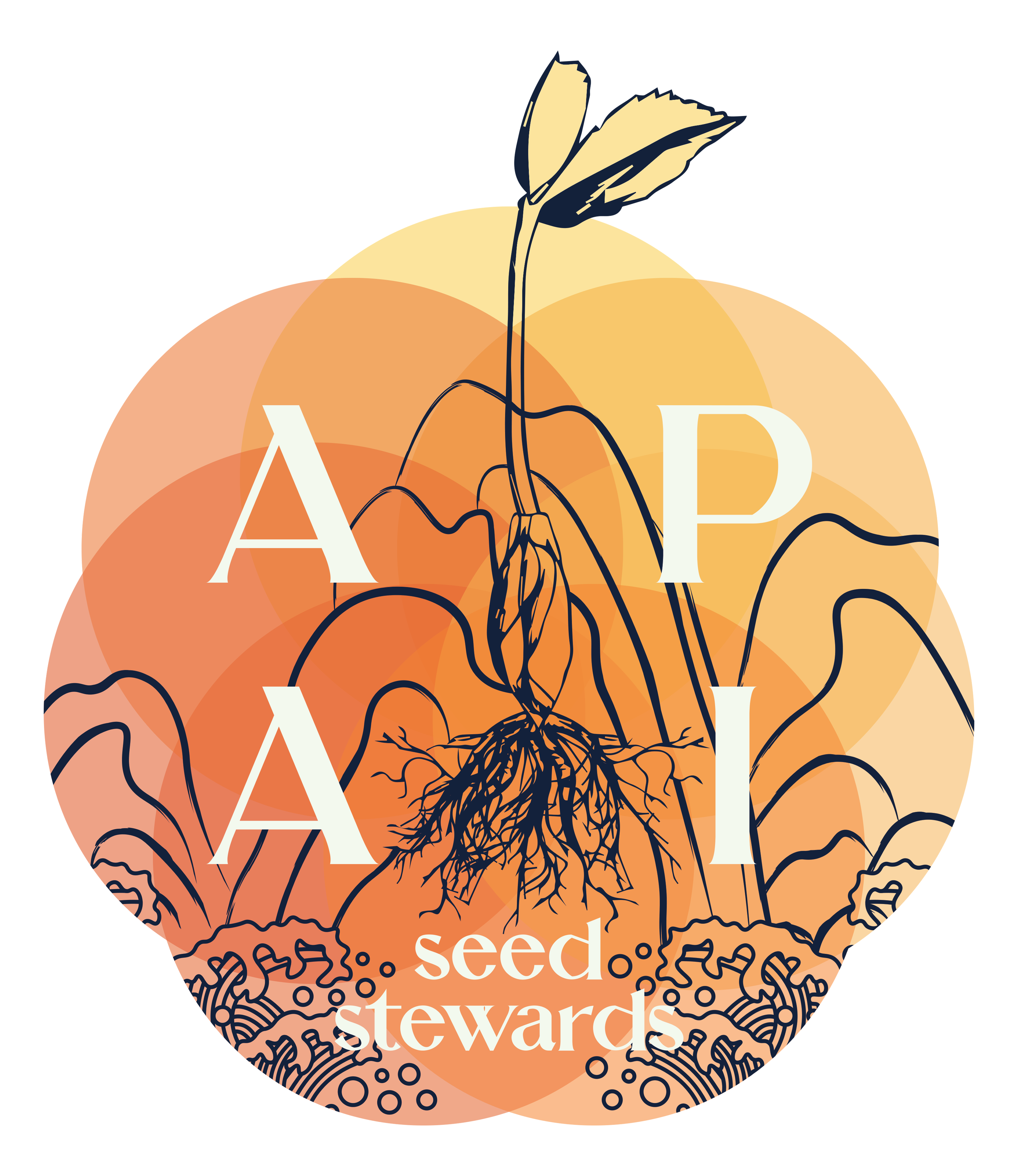Cultivating a Sweeter Community (part 2)
Findings and Community-Engaged Events for the Sweet Potato Trials with California’s AAPI Farmer Community
For this project, seven core sweet potato varieties were trialed, including “Red Japanese” and “All Purple”, through our existing network of AAPI farmers. The sweet potatoes were grown in 3 locations: Winters, CA; Atwater, CA; and Davis, CA. The soils within the 3 sites are different. The soil in Atwater is extremely sandy (like beach sand), whereas the soil in Davis is somewhat heavier (still considered a sandy loam, although it seems loamy) and the soil in Winters is more clay loamy. The Davis and Winters locations were also small-scale farms, whereas the Atwater location was a larger-scale commercial organic farm. In agricultural research, it is critical to test materials in a number of areas to guarantee that varieties would be suitable for a wide range of growing circumstances, including soils, pests, diseases, and so on. Also, because we were aiming for an organic atmosphere, all the locations were certified organic. We also trialed 25-30 diverse varieties of unreplicated plots for preliminary evaluation.
Results of the sweet potato trial: Comparing different varieties of sweet potatoes, in terms of marketable yield, cooked visual appearance, and taste.
This graph shows the marketable yield (lbs/acre) of the different varieties of sweet potatoes in the 3 locations, which varies. This graph shows that the “Diane” cultivar had the highest marketable yield in Atwater and Winters. The variety with the lowest marketable yield was the “All Purple” cultivar.
Table 1. This table shows that out of the 31 sweet potatoes sampled for taste tests, the “Covington”, “Diane”, and “All Purple” cultivars are not significantly different from each other. However, they are significantly different from the rest, in terms of their cooked visual appearance. When cooked, they look better than the other varieties.
|
Table1. Cooked visual appearance ratings of nine sweet potato varieties (1=inferior, 5= superior, n=31) |
||
|
Variety |
Appearance |
groups (LSD) |
|
Covington |
4.19 |
a |
|
Diane |
3.97 |
a |
|
All purple |
3.82 |
a |
|
L-15-39 |
3.05 |
b |
|
L19-56-P |
3.00 |
bc |
|
L-19-53-P |
2.93 |
bc |
|
Okinawa Purple |
2.93 |
bc |
|
Red Japanese |
2.67 |
bc |
|
Murasaki |
2.25 |
c |
Table 2. This table shows that the “L-19-53-P”, “Okinawa Purple” are significantly different from the rest, in terms of taste. Of the 31 sweet potatoes that were tested, they are the two varieties that taste the best.
|
Table 2. Taste ratings of nine sweet potato varieties (1=inferior, 5= superior, n=31) |
||
|
Variety |
Taste |
groups (LSD) |
|
L-19-53-P |
3.62 |
a |
|
Okinawa Purple |
3.60 |
a |
|
Murasaki |
3.45 |
ab |
|
Covington |
3.34 |
ab |
|
Red Japanese |
3.20 |
ab |
|
All Purple |
3.09 |
ab |
|
Diane |
3.00 |
b |
|
L19-56-P |
3.00 |
bc |
|
L-15-39 |
2.28 |
c |
In conclusion, “Covington” (orange), “Diane” (orange), and “All Purple” (purple) scored the best for cooked visual appearance. Some of the traditional East Asian types (“Okinawa”, “Red Japanese”, and “Murasaki”) scored well for flavor, but not for the cooked appearance and marketable yields. This may explain the prevalence of orange types in the US market. These results demonstrate the need for future breeding of types that combine good flavor, good yield, and good appearance in all colors (ex. Improving the marketable yield of the good-tasting East Asian sweet potato varieties).
Community-Engaged Events: Picnic day and Taste Testing Event with the Japanese Language Cultural Club at UC Davis
Public outreach on the sweet potato project at Picnic Day, UC Davis, April 2023
Promotional flier for the cooperative tasting with the Japanese Language and Culture Club (JLCC) at UC Davis
Word diagram summary of descriptive responses to flavor evaluation of “Okinawa Purple”
